Say Hi to PCI DSS compliance without the quarterly scramble
Payment security automation that doesn't slow you down. Get audit-ready faster and stay compliant year-round. No more last-minute evidence hunting.
What is PCI DSS, and why does it matter?
PCI DSS is the global security standard for protecting cardholder data. It's also historically been a quarterly headache to maintain.
Whether you're a fintech scaling fast or an e-commerce merchant juggling payment processors, PCI DSS helps you secure payment card information with controls that actually work.
No more last minute log review panic before your QSA audit.
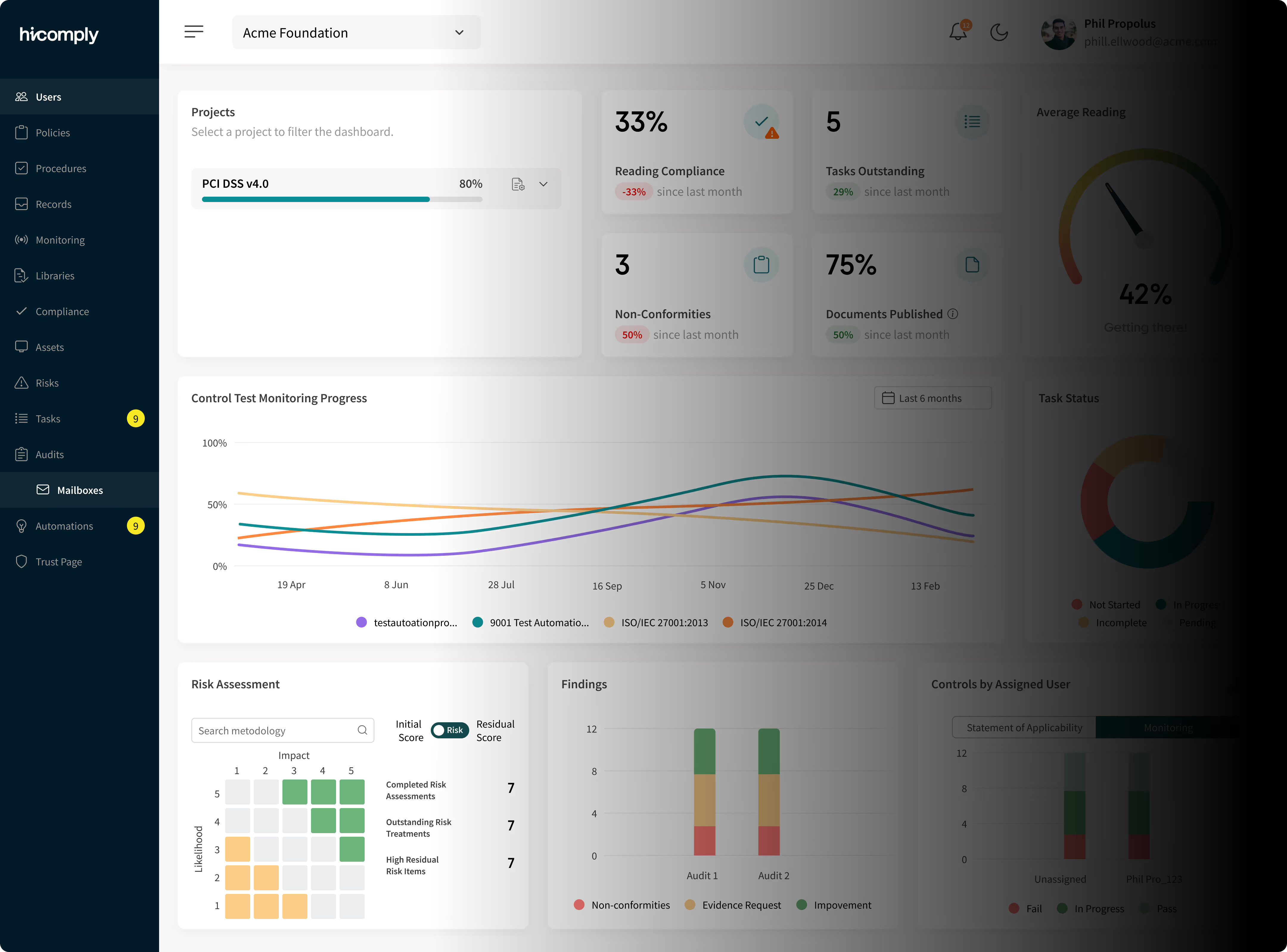
90 days to PCI DSS-ready
Scope your environment, implement controls, automate monitoring. Low effort, predictable steps.
Platform setup, automated scope discovery, baseline security controls
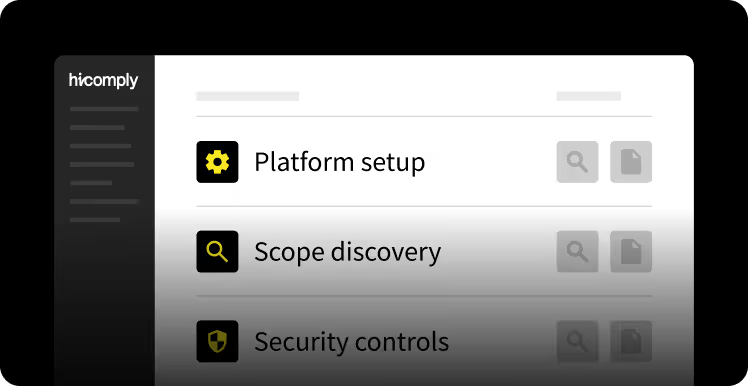
Control configuration, vulnerability scanning, policy deployment, team training
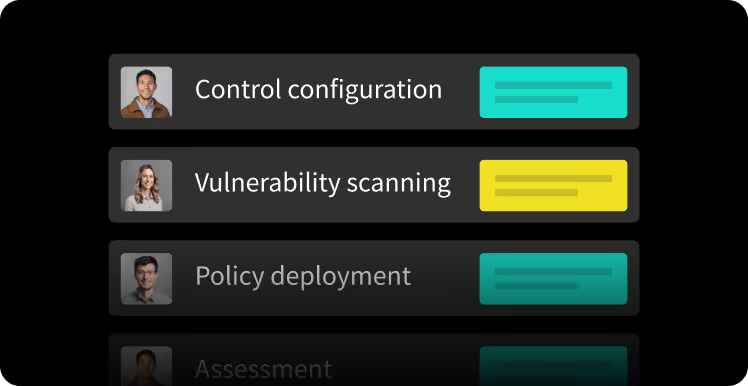
Readiness check, QSA workspace prep, evidence package assembly
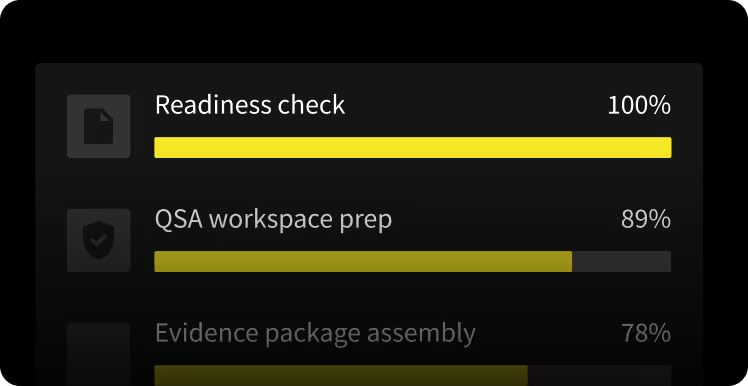
PCI DSS That Actually Works for Your Team
Lighter workloads, smoother audits, faster merchant approval. Revenue flows uninterrupted.

A guided plan that compresses months of payment security chaos into manageable weeks

Evidence collects itself in the background. Your team handles remediation, not paperwork.

Share compliance reports so payment processors don't slow you down

What you build for PCI DSS strengthens ISO 27001 and SOC 2. One control, multiple frameworks

Daily checks keep your cardholder environment secure between audits. Set it and (mostly) forget it

Clear status, ready evidence. No surprises when your QSA or ASV shows up
All-in-one PCI DSS toolkit
Manage scope, controls, scans and proof in one workflow. Audits become predictable.
Live pass/fail status for all 12 PCI DSS requirements with owners and due dates.
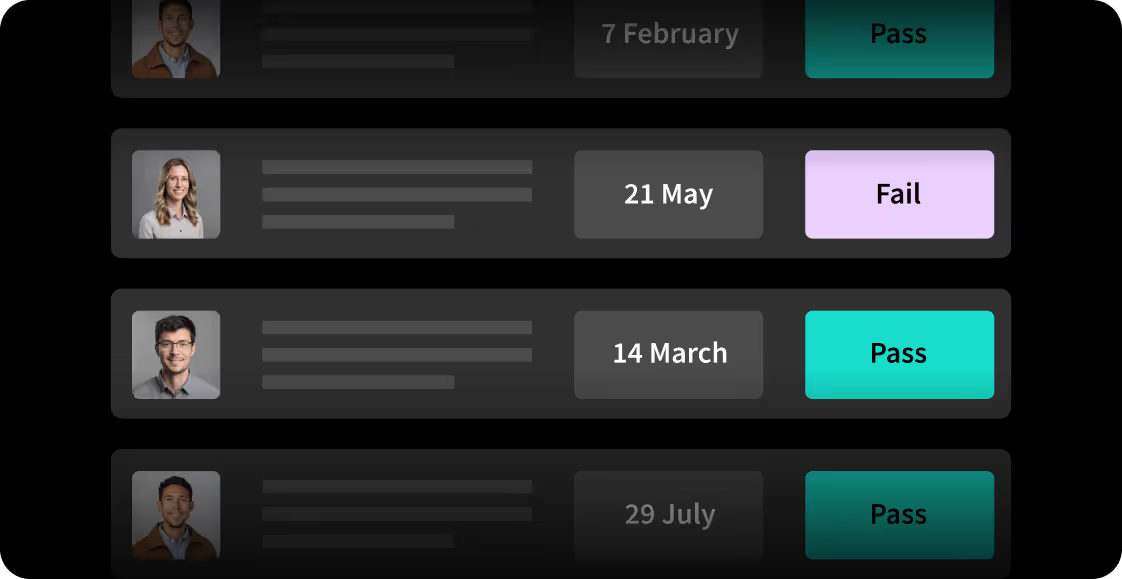
Map your cardholder data environment and track changes automatically.
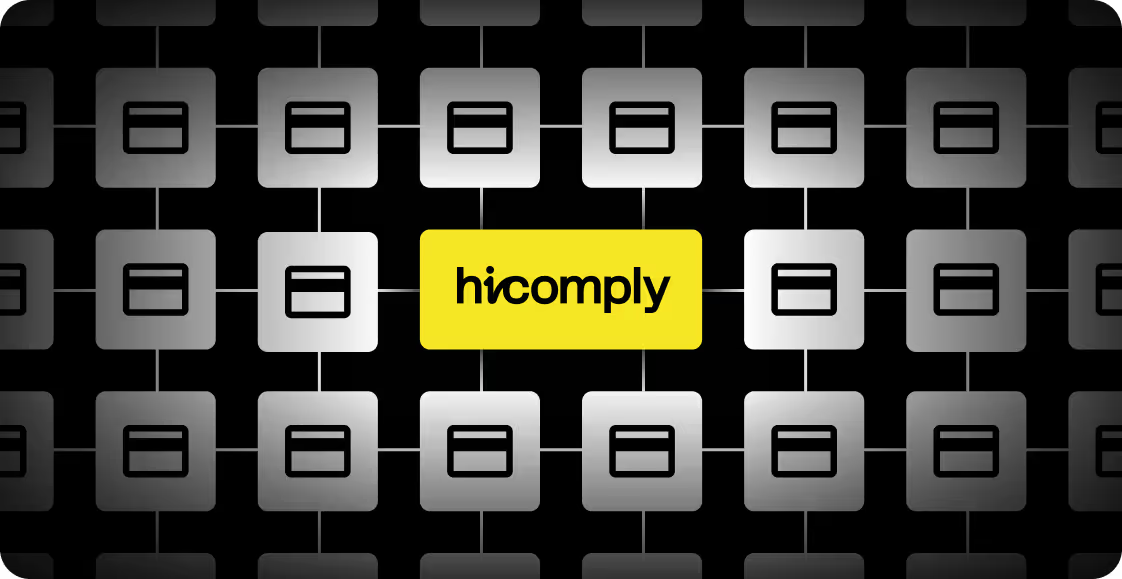
Connect ASV vulnerability scanning and file integrity monitoring tools.
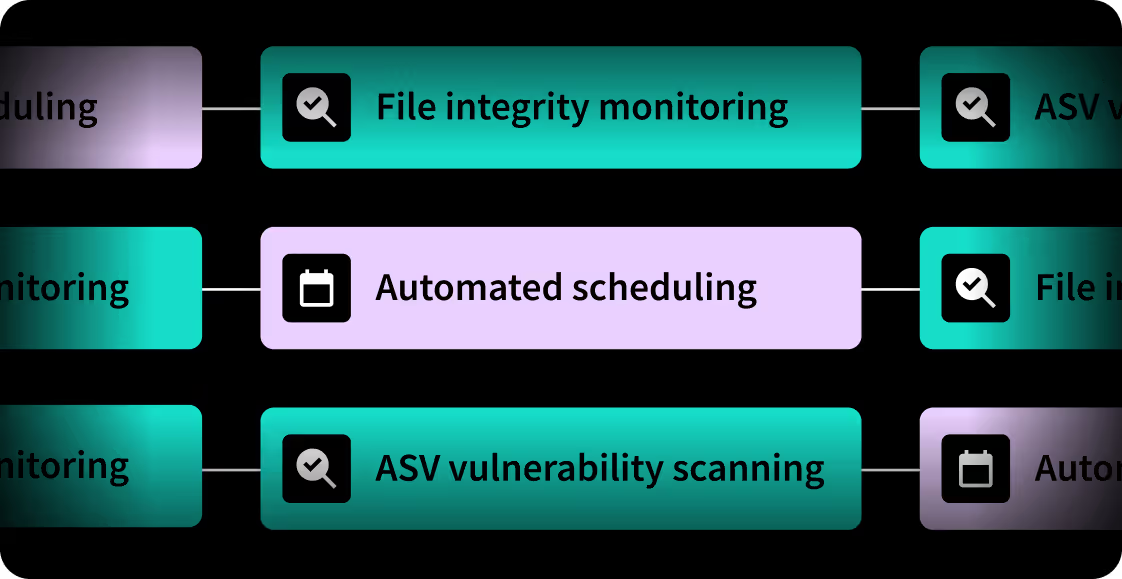
Immutable record of control tests, log reviews, and who approved changes.
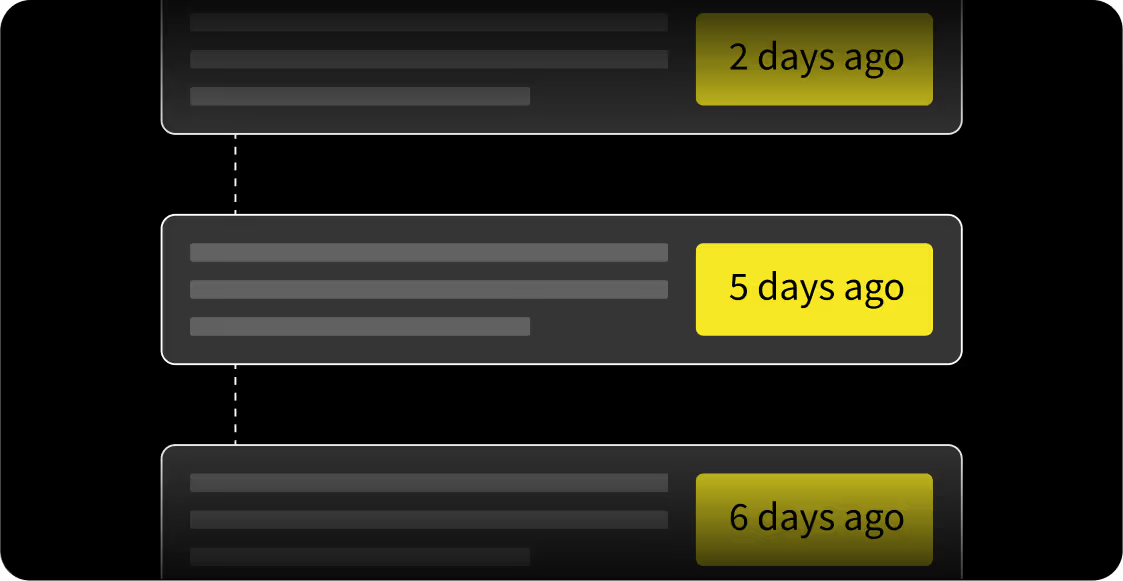
Connect firewalls, SIEM, cloud platforms, anti-malware for automated evidence.
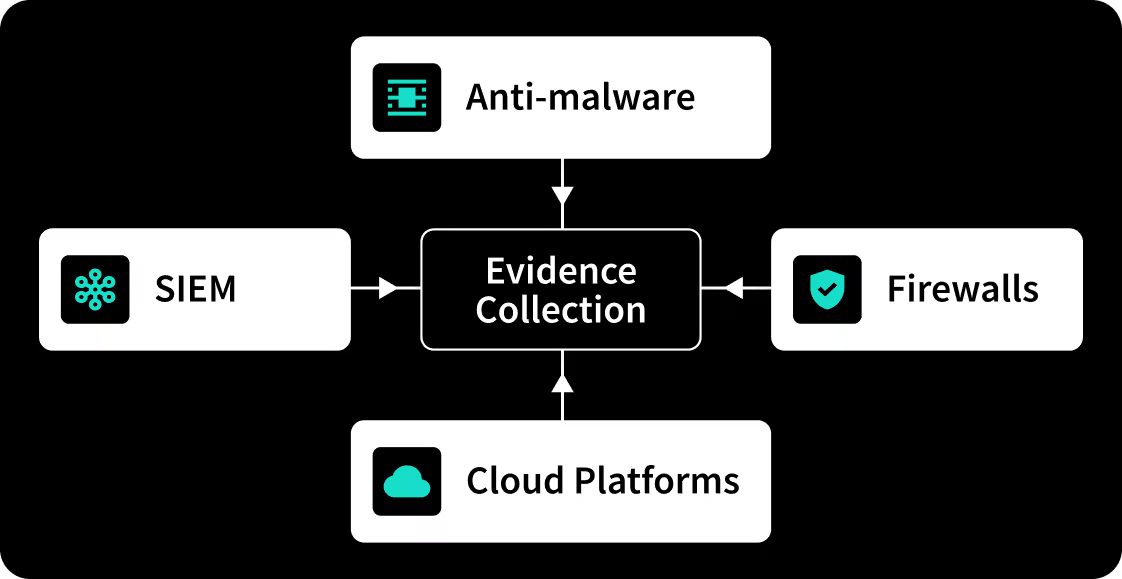
QSA-ready reports with all evidence packages and attestation support.
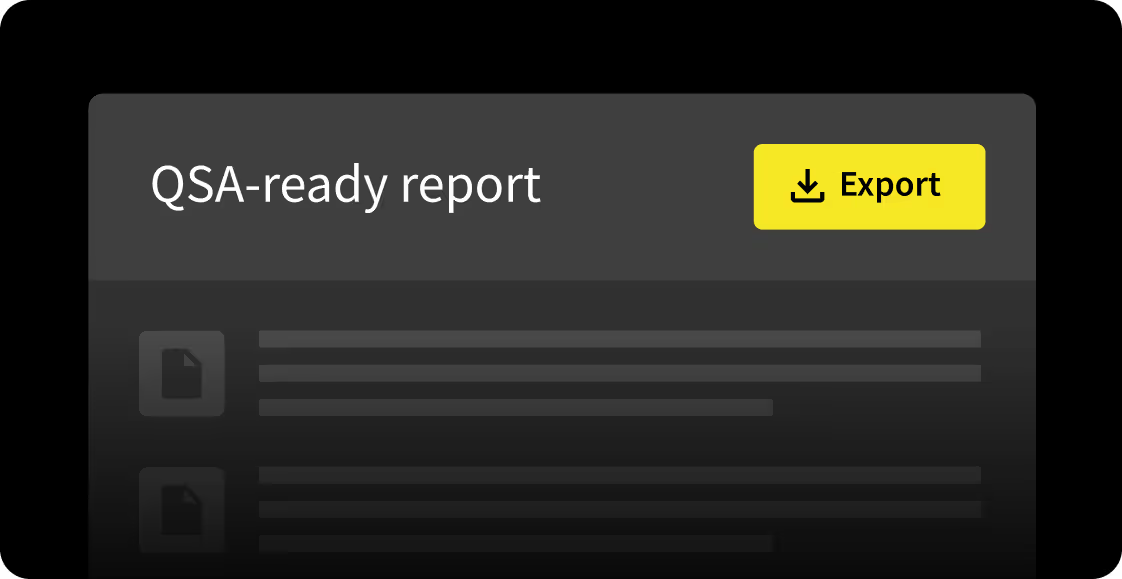
Chosen by payment and security teams
From first validation to annual renewal, customers use Hicomply to stay ready without the scramble.
Hicomply has completely transformed the way that we manage our ISO27001 certification. We purchased Hicomply a few months before our re-certification was due. Zoe worked with us to set up everything up and show us how to use the platform most efficiently. She has been an amazing support to myself and my colleague as we navigated through this process.


"Implementing Hicomply has streamlined our compliance processes, making it more efficient to manage and maintain our ISO certifications. The platform's intuitive design and comprehensive features have been instrumental in enhancing our operational excellence."

%2013.avif)
“The things that we've seen this product and service deliver has far exceeded what we originally thought we would get from it."


FormusPro achieved ISO 27001 certification in under six months. Less than half the typical timeline predicted by other providers.


From start to finish, the service and engagement from Hicomply has been fantastic… Whenever we had any questions, the team were always on hand to offer advice.


Hicomply has reduced our compliance preparation time by over 50%, ensuring we’re always audit-ready. It’s a game-changer for maintaining trust with clients.


I have found Hicomply to be incredibly useful as a platform for a new company… it has taken the stress out of our hands.


Organization at its finest. A great sorting system—I can easily find new articles that I need to review with a click.


Very interactive, not boring at all. It’s straight to the point and teaches you things in an interactive way.


Hicomply delivers a refreshingly streamlined experience in compliance management… What truly sets them apart is their outstanding support.


Easy to use and straightforward for confirming you’ve read the necessary documents. The dashboard lets you see what your direct reports have completed.


Possibly the most helpful feature about Hicomply is the UI itself—user-friendly and easy to use without over-complicating things.


Easy way to track compliance learning. A simple product that makes keeping up to date with policy changes simple.


“The real benefit of Hicomply, as far as I’m concerned, is twofold: the software and the personnel. It’s an all-encompassing tool that consolidated everything and enabled us to deliver on our commitments with confidence.”
.avif)

Hicomply is particularly user-friendly for someone unfamiliar with this type of software… It’s making us more organised.


Very interactive, not boring at all. It’s straight to the point and teaches you things in an interactive way.


Easy to use and straightforward for confirming you’ve read the necessary documents. The dashboard lets you see what your direGreat app for ISO implementation and auditing—task managing, informative dashboard, intuitive to implement.ct reports have completed.


Ready to stay PCI-ready year-round?
See how teams go from spreadsheet chaos to audit confidence.
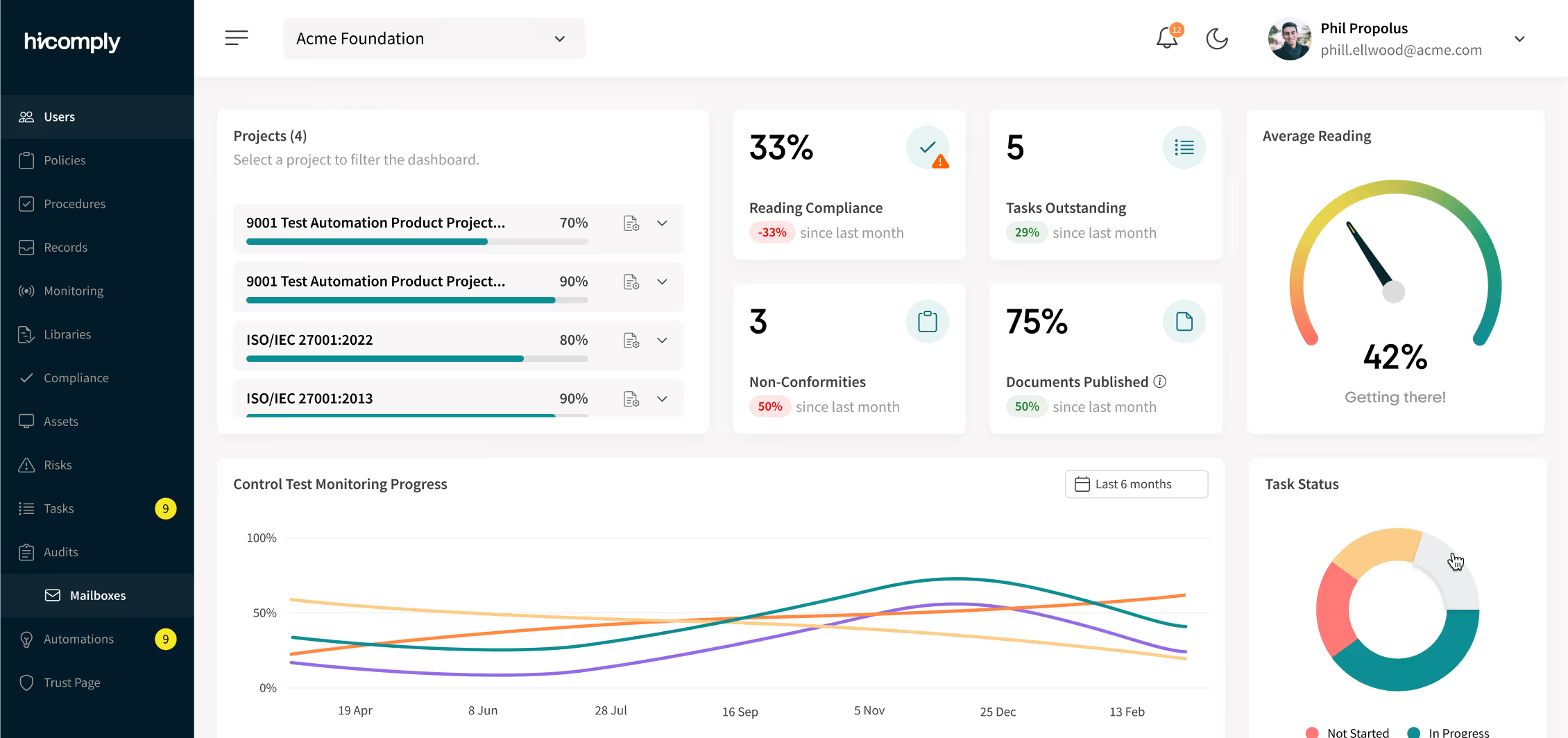
PCI DSS hub highlights
The must-read guides, checklists and samples in one place.
Got questions? Start here
Planning your PCI DSS program? These will help. For anything else, just ask.
What is PCI DSS?
The Payment Card Industry Data Security Standard (PCI DSS) is a global security standard designed to protect credit and debit card transactions. Established by major payment card brands (Visa, Mastercard, American Express, Discover, JCB), it applies to any organisation that accepts, processes, stores, or transmits payment card information. PCI DSS outlines 12 core requirements covering everything from firewalls and encryption to access controls and security testing.
Does PCI DSS apply to my business?
If your business handles payment cards in any capacity—online payments, in-person transactions, storing card data, or processing through third parties—PCI DSS applies. This includes:
- E-commerce merchants
- Brick-and-mortar retailers
- Payment service providers
- Payment gateways
- Fintech platforms
- Any business storing cardholder data
The validation level (1-4) depends on annual transaction volume, with different requirements for each tier.
What are the 12 PCI DSS requirements?
PCI DSS organises its controls into 12 requirements across 6 objectives:
Build and Maintain a Secure Network
- Install and maintain firewall configuration
- Don't use vendor-supplied defaults
Protect Cardholder Data
- Protect stored cardholder data
- Encrypt transmission over public networks
Maintain a Vulnerability Management Program
- Use and update anti-virus software
- Develop secure systems and applications
Implement Strong Access Control Measures
- Restrict access by business need-to-know
- Assign unique ID to each person with access 9. Restrict physical access to cardholder data
Regularly Monitor and Test Networks
- Track and monitor all access
- Regularly test security systems
Maintain an Information Security Policy
- Maintain a policy addressing information security
What's new in PCI DSS v4.0?
PCI DSS v4.0 (active since April 2024, fully mandatory April 2025) introduces significant updates:
- Customized implementation approach: Greater flexibility to meet security objectives with alternative controls
- Enhanced authentication: Stricter multi-factor authentication requirements for all CDE access
- Continuous compliance: Shift from annual validation to ongoing monitoring
- Risk-based approach: More frequent risk assessments required
- Updated encryption: Stronger cryptographic standards and protocols
- 50+ new requirements: Including e-commerce security, web script monitoring, and cloud considerations
The transition period ended in March 2025—full compliance with all v4.0 requirements is now mandatory.
How do I scope my Cardholder Data Environment (CDE)?
Proper scoping is critical to PCI DSS compliance. Your CDE includes:
- Systems that store, process, or transmit cardholder data
- Systems connected to the CDE that could impact its security
- Network segments housing these systems
Best practices:
- Document all data flows (where card data enters, moves, and exits)
- Use network segmentation to isolate the CDE
- Regularly review and update scope as systems change
- Validate scope with your QSA or internal auditor
- Maintain a network diagram showing all CDE components
Proper segmentation can dramatically reduce scope and compliance burden.
What's the difference between SAQ and full audit?
Self-Assessment Questionnaire (SAQ): For smaller merchants (typically Levels 2-4). You complete a questionnaire attesting to your compliance and may need quarterly vulnerability scans.
Full QSA Audit: Required for Level 1 merchants (6+ million transactions annually). A Qualified Security Assessor conducts an onsite audit, tests controls, and issues a Report on Compliance (ROC).
Both require:
- Quarterly Approved Scanning Vendor (ASV) scans
- Annual reassessment
- Immediate response to security incidents
How often do I need to validate PCI DSS compliance?
Annual validation is mandatory:
- Complete SAQ or undergo QSA audit
- Submit Attestation of Compliance (AOC)
Quarterly requirements:
- ASV vulnerability scans of external-facing systems
- Internal vulnerability scans
Continuous requirements (v4.0):
- Daily log reviews
- Regular access reviews
- Ongoing monitoring of security controls
- Immediate response to security alerts
PCI DSS v4.0 emphasizes that compliance is a continuous process, not an annual event
What happens if I fail PCI DSS compliance?
Non-compliance consequences include:
- Monthly fines from acquiring banks ($5,000-$100,000+)
- Increased transaction fees
- Merchant account termination (loss of ability to accept cards)
- Forensic investigation costs after a breach
- Card reissuance costs if breached
- Reputational damage and customer loss
- Legal liability and potential lawsuits
A single breach can cost millions in remediation, legal fees, and lost business—far exceeding the investment in compliance.
Why automate PCI DSS compliance?
Traditional PCI DSS validation is a quarterly fire-drill—manual evidence gathering, log reviews, scan coordination, and documentation assembly. With Hicomply, 90% of this work is automated:
- Continuous monitoring replaces quarterly scrambles
- Automated evidence collection from integrated systems
- Real-time control testing catches issues before audits
- Centralised documentation eliminates evidence archaeology
- Built-in reminders for scans, reviews, and renewals
Our PCI DSS automation software keeps you audit-ready year-round with minimal team effort.
Book a free demo to see it in action.
How does Hicomply support PCI DSS compliance?
Hicomply provides:
- Built-in PCI DSS v4.0 framework with all 12 requirements mapped
- Automated control monitoring with pass/fail status
- Integration with ASV scanners, SIEM, firewalls, and cloud platforms
- CDE scoping tools and network diagram maintenance
- Evidence collection from 300+ connected systems
- Audit workspace for QSA collaboration
- Task management with automated reminders for quarterly scans and reviews
- Real-time dashboards showing compliance posture
- Multi-framework mapping (map PCI controls to ISO 27001, SOC 2)
Can small businesses afford PCI DSS compliance?
Absolutely. While larger merchants face stricter validation requirements, smaller businesses (Levels 2-4) typically complete Self-Assessment Questionnaires rather than full audits. Many cloud payment platforms and payment gateways are already PCI-compliant, which can reduce your scope significantly.
Using a platform like Hicomply makes compliance accessible by:
- Automating expensive manual processes
- Providing templates and guidance
- Reducing consultant dependency
- Scaling with your transaction volume
The cost of non-compliance (fines, lost merchant status, breach liability) far exceeds the investment in proper compliance.
How does PCI DSS relate to other security frameworks?
PCI DSS aligns closely with other security standards:
- ISO 27001 (information security management)
- SOC 2 (security and availability trust criteria)
- NIST Cybersecurity Framework (risk management)
- GDPR (where cardholder data includes personal information)
Many controls overlap—firewalls, encryption, access controls, logging, incident response. Hicomply lets you manage multiple frameworks together, mapping one control to satisfy several standards and avoiding duplicate effort.
What integrations does Hicomply offer for PCI DSS?
Hicomply integration includes:
- Ticketing systems (Jira, ServiceNow, Zendesk, Freshdesk, GitHub) for incident management and change control
- Identity management (Okta, Azure AD, Google Workspace) for access control evidence and MFA enforcement
- HR systems (BambooHR, Workday, Gusto, Rippling) for personnel access tracking and offboarding
- File storage (Google Drive, OneDrive, Dropbox, Box, SharePoint) for policy documentation and evidence
- Project management (Asana, ClickUp, Jira, Linear) for control implementation tracking
- SSO platforms (SAML, OpenID Connect, PingFederate) for authentication logging
Visit our Integrations page for the complete list.






.avif)